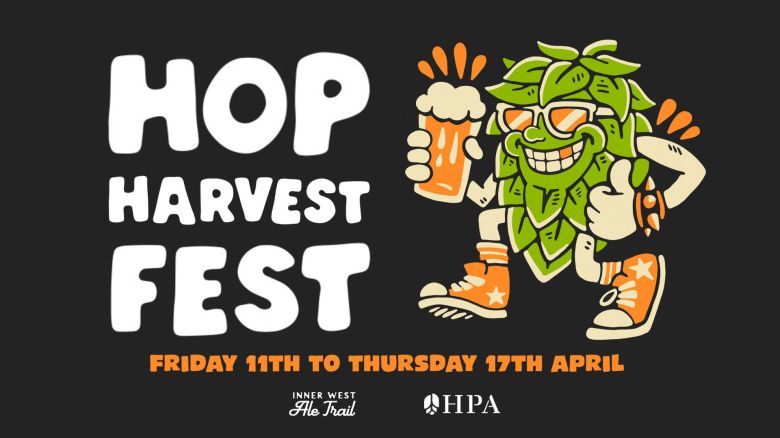 The Hop Harvest Fest is returning to the Inner West Ale Trail from 11-17 April with 11 breweries releasing exclusive new beers to their tap rooms.
The Hop Harvest Fest is returning to the Inner West Ale Trail from 11-17 April with 11 breweries releasing exclusive new beers to their tap rooms.  The Hop Harvest Fest is returning to the Inner West Ale Trail from 11-17 April with 11 breweries releasing exclusive new beers to their tap rooms.
The Hop Harvest Fest is returning to the Inner West Ale Trail from 11-17 April with 11 breweries releasing exclusive new beers to their tap rooms. 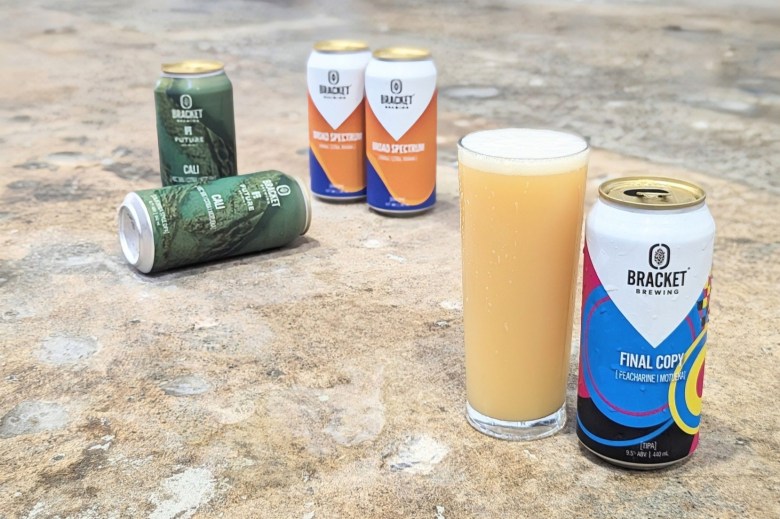 Bracket Brewing was one of 126 Australian breweries to collect an award, named Australia's top three overall beers.
Bracket Brewing was one of 126 Australian breweries to collect an award, named Australia's top three overall beers. 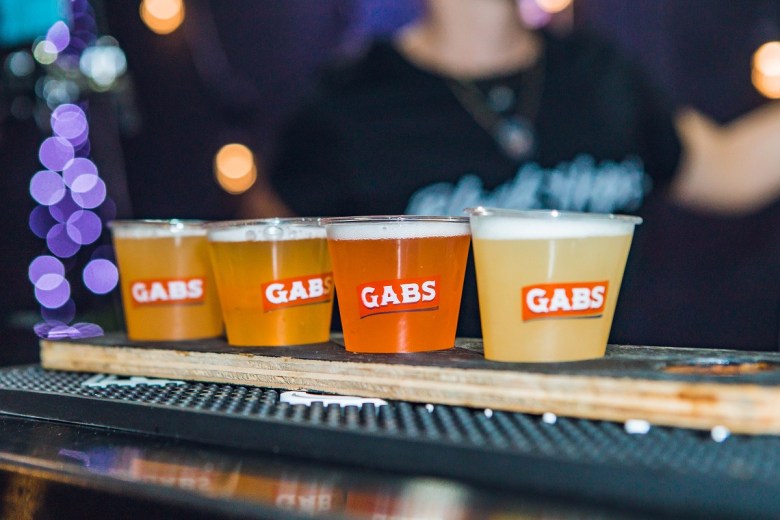 The sub-list shines a spotlight on the most popular beers released in 2024, featuring 72 Australian craft breweries.
The sub-list shines a spotlight on the most popular beers released in 2024, featuring 72 Australian craft breweries. 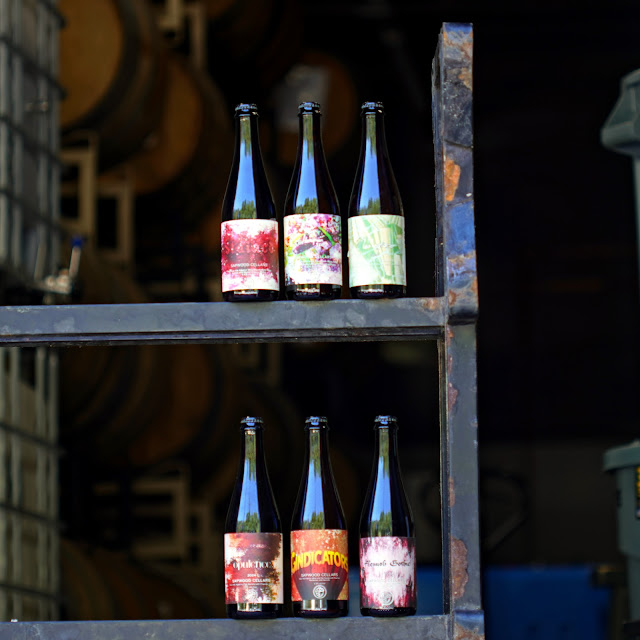
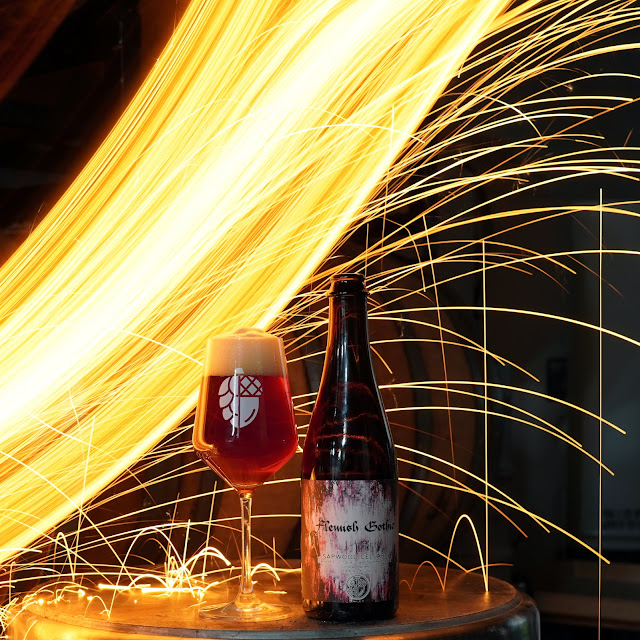
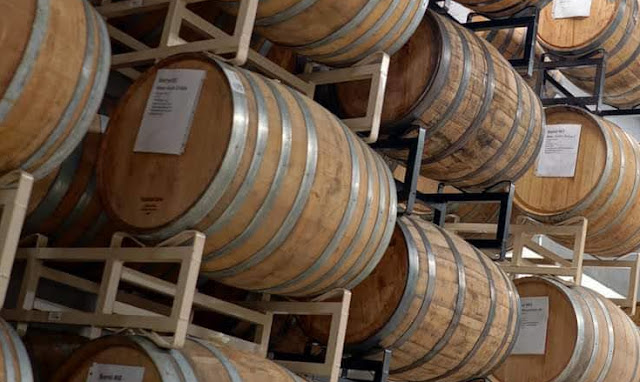
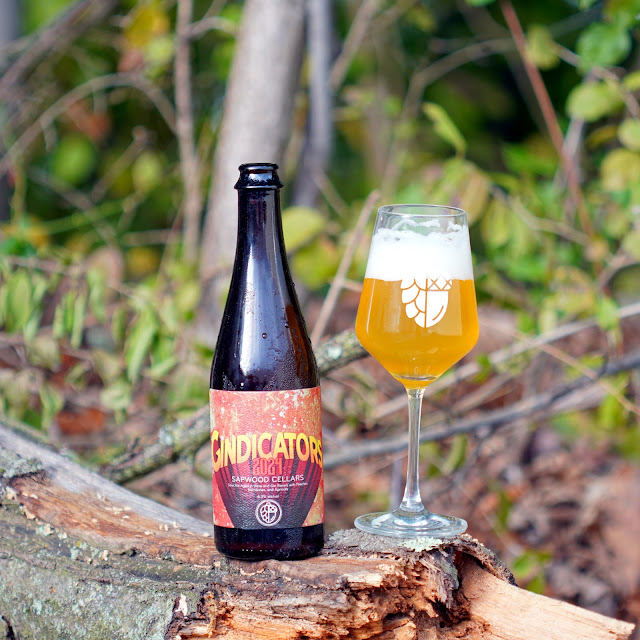

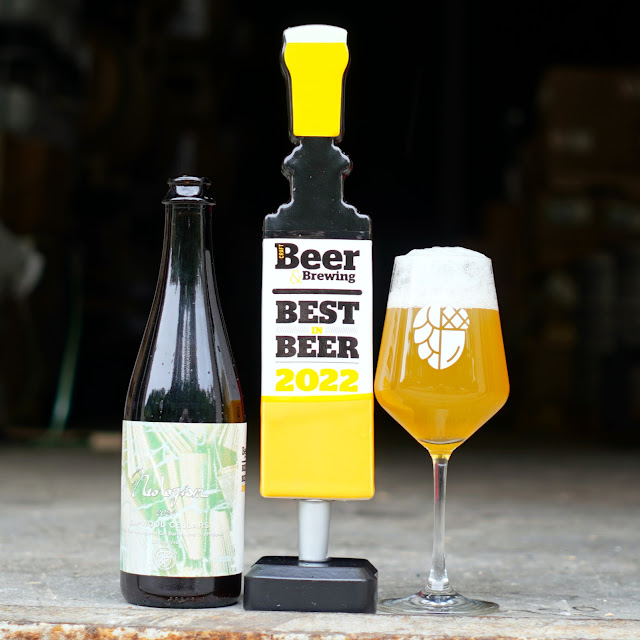
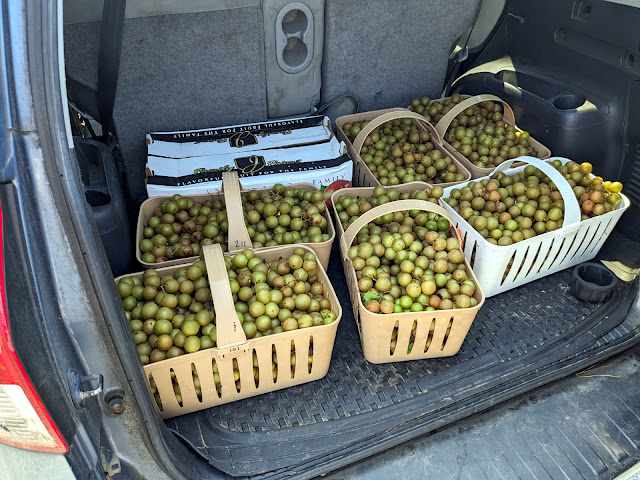
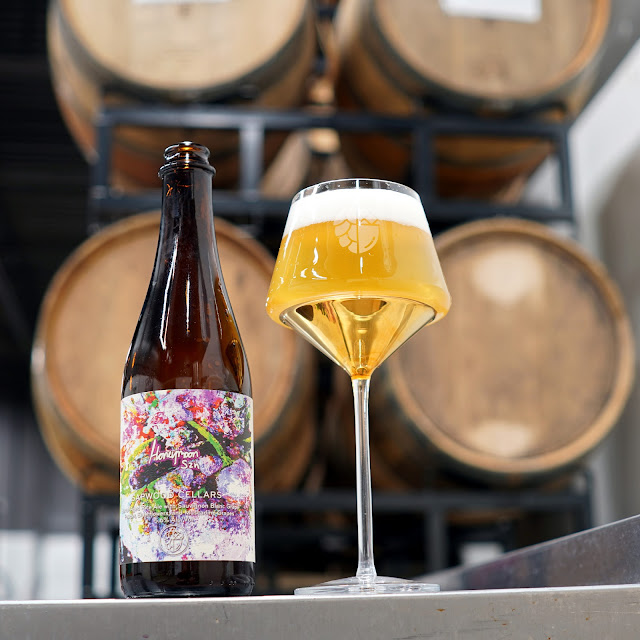
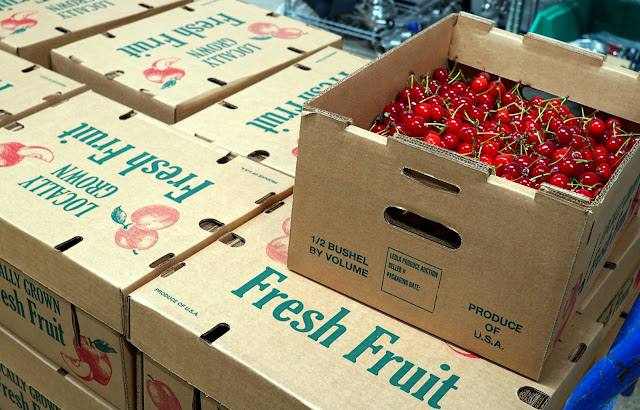
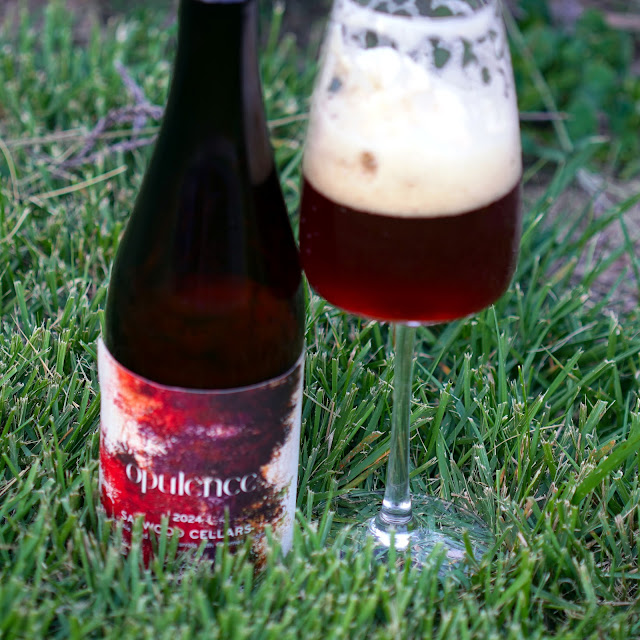

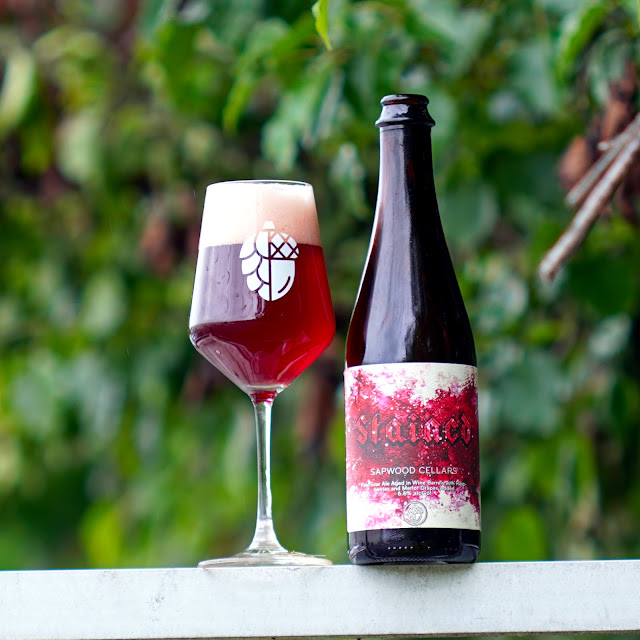
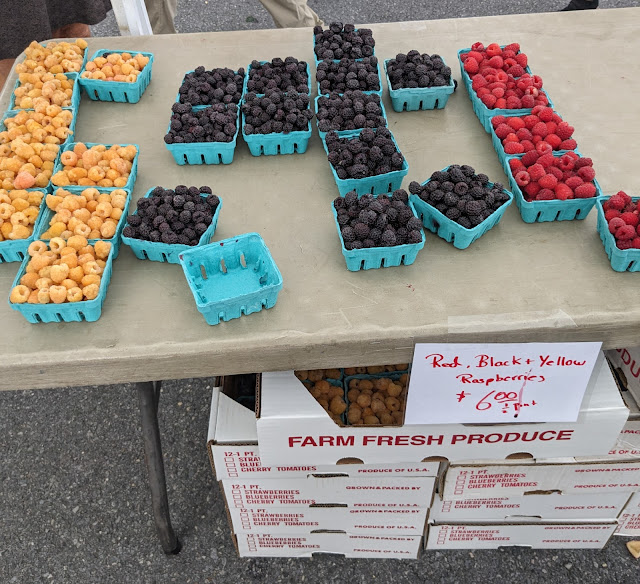
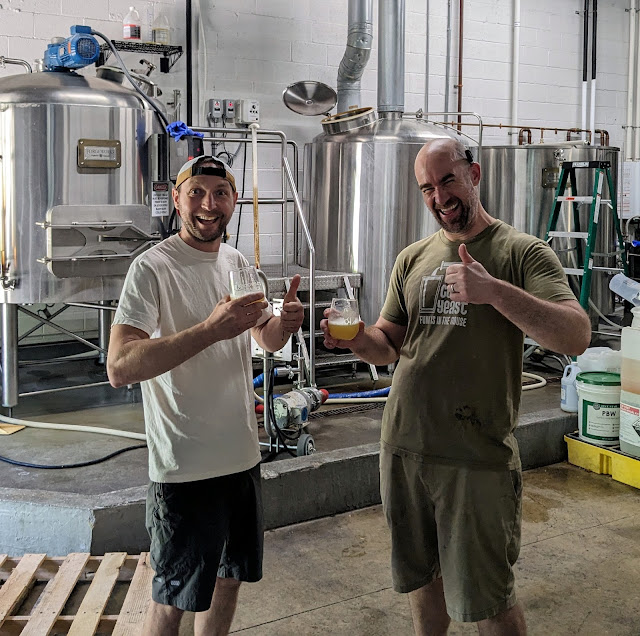
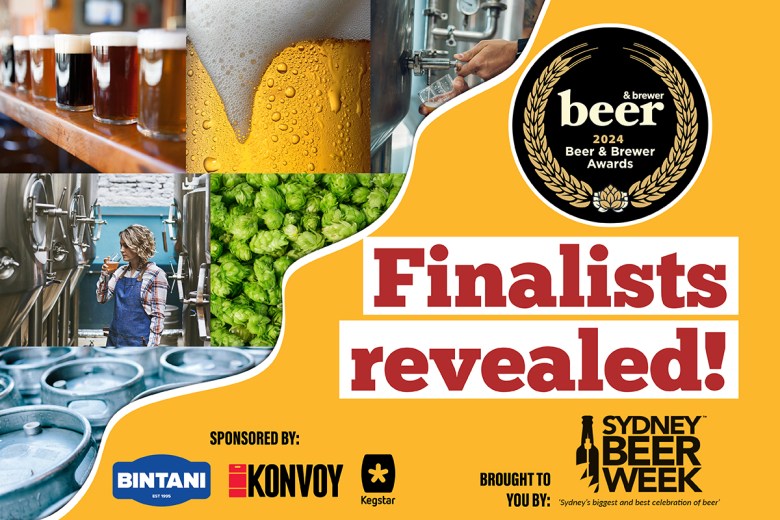 The votes have been counted and we are delighted to reveal the finalists for the 2024 Beer & Brewer Awards.
The votes have been counted and we are delighted to reveal the finalists for the 2024 Beer & Brewer Awards.  The brewery will be celebrating the milestone limited release with a complimentary tasting, including other new beers, on 29 August.
The brewery will be celebrating the milestone limited release with a complimentary tasting, including other new beers, on 29 August. 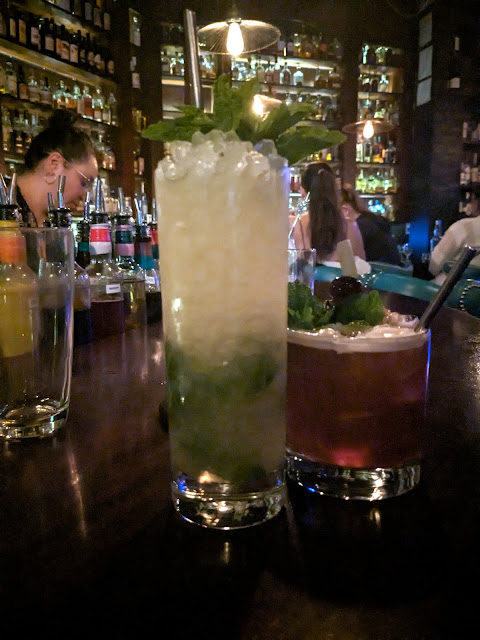
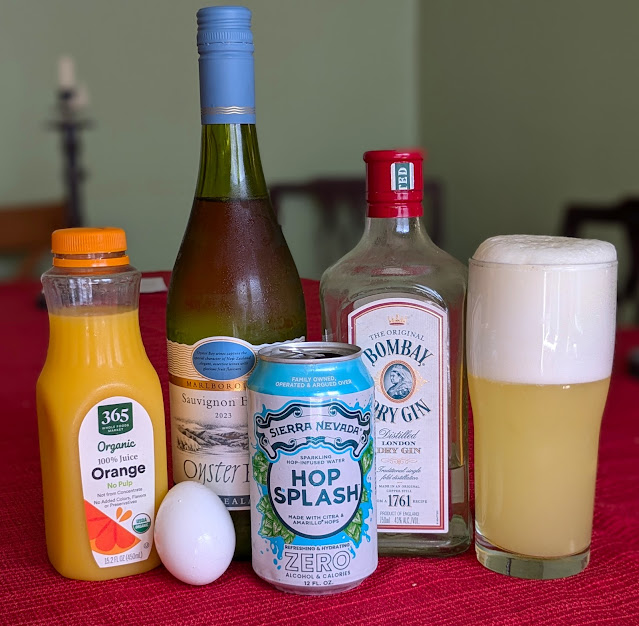
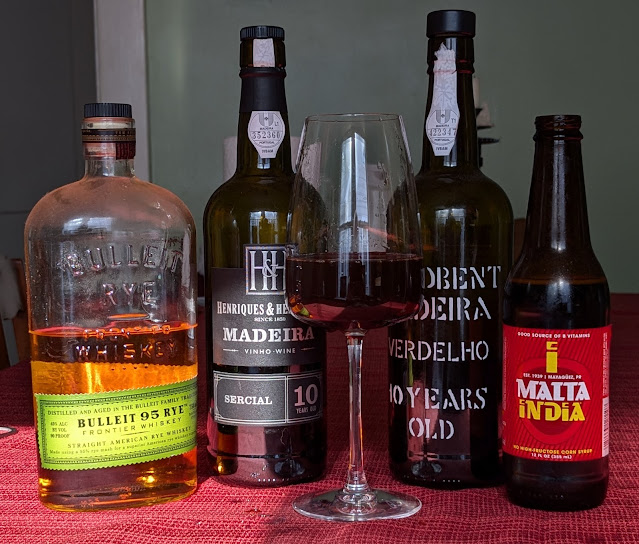
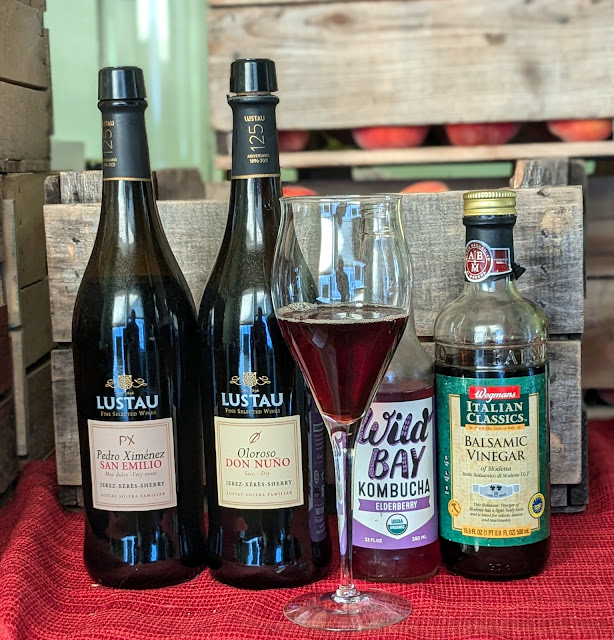
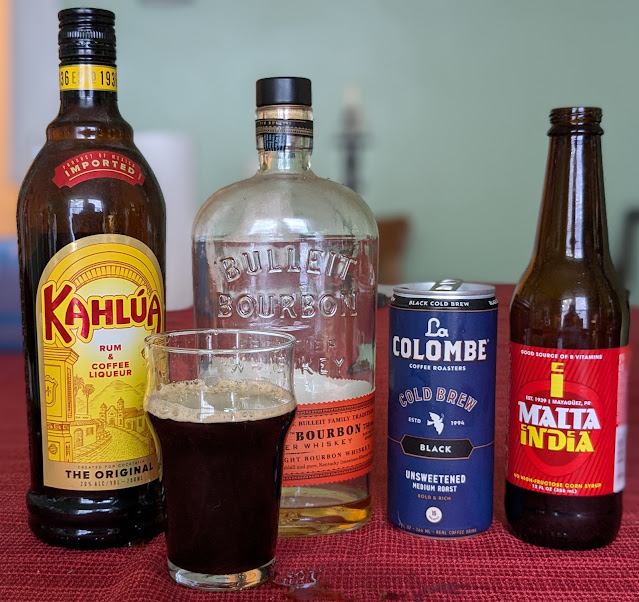
 From Irish stout to hazy pale ales, Beer & Brewer rounds up the best non-alcoholic beers for Dry July.
From Irish stout to hazy pale ales, Beer & Brewer rounds up the best non-alcoholic beers for Dry July. 
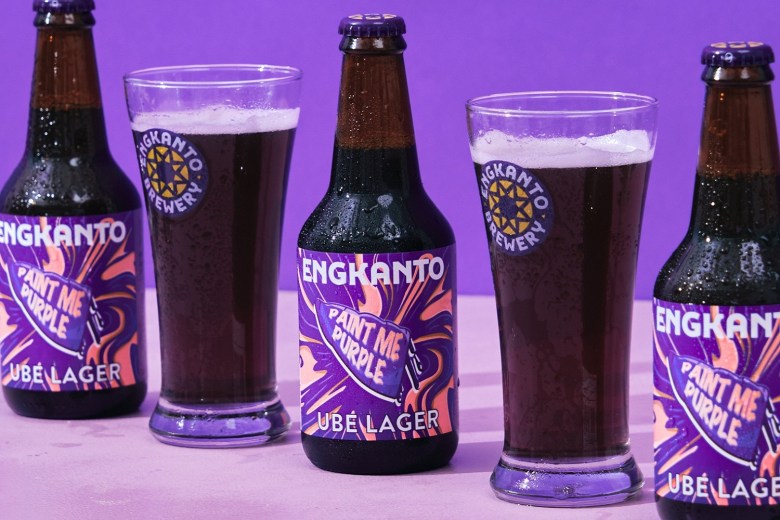 Engkanto craft beers that are made from 100 per cent all-natural, raw materials including locally sourced, native ingredients to The Philippines.
Engkanto craft beers that are made from 100 per cent all-natural, raw materials including locally sourced, native ingredients to The Philippines. 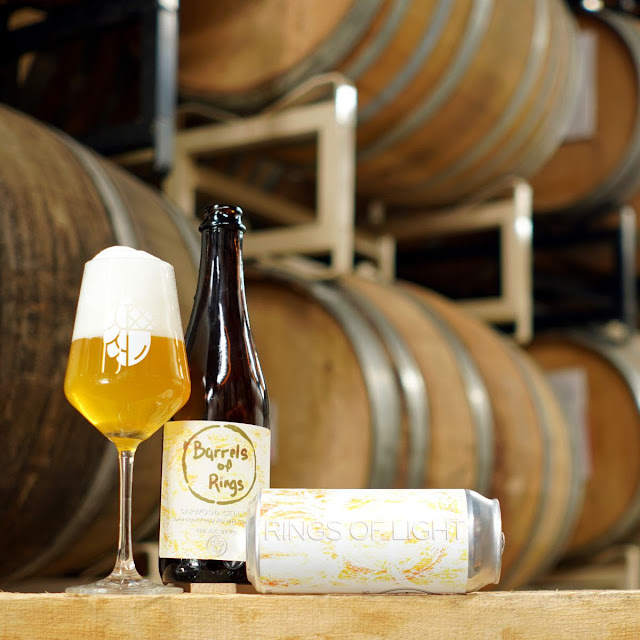
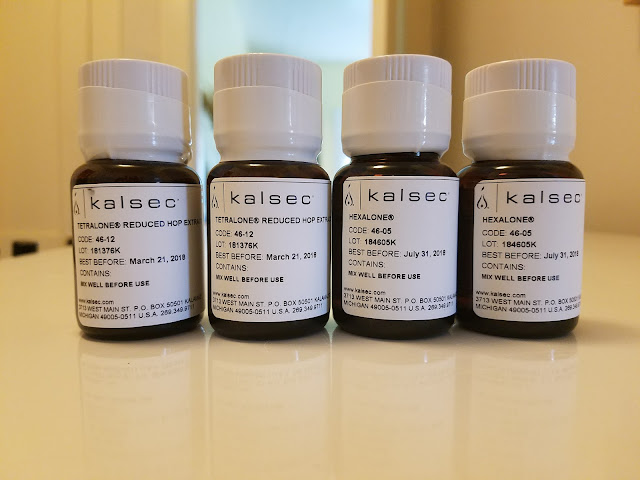
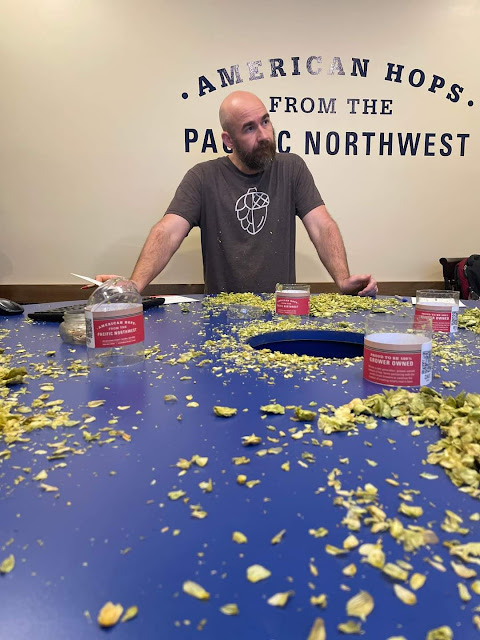
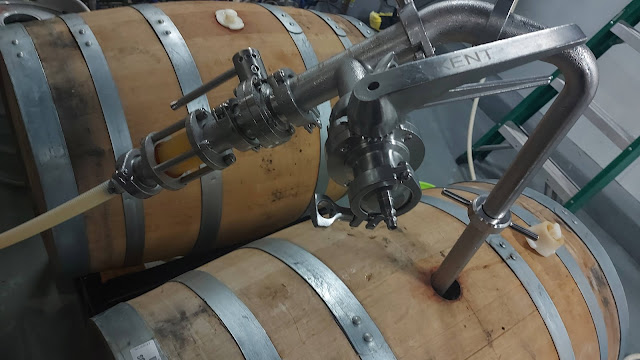
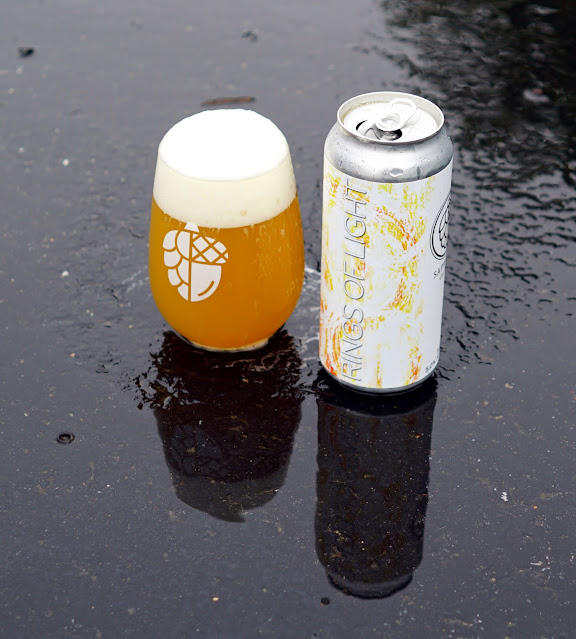
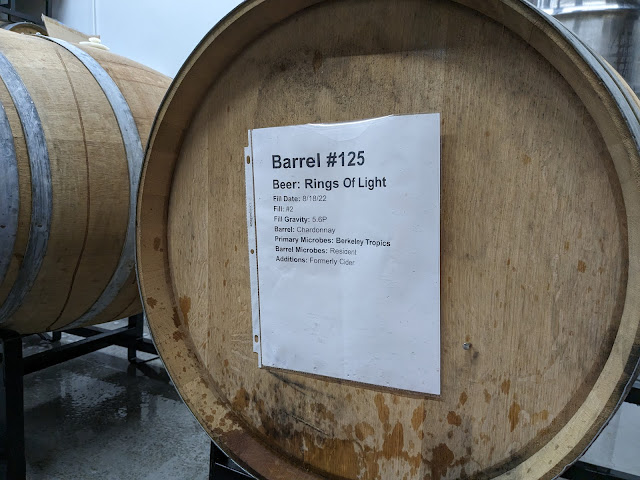
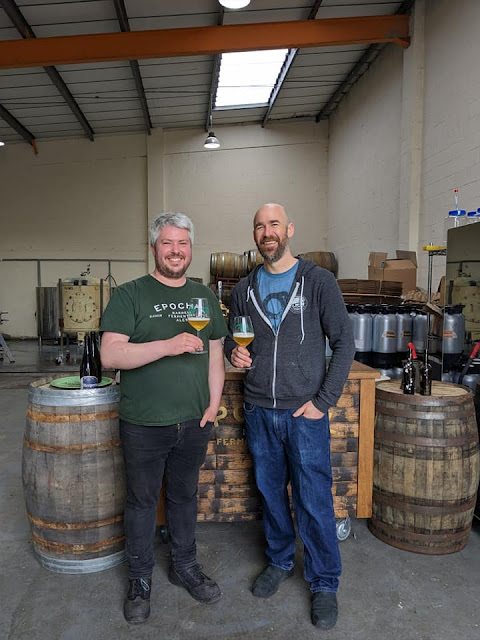

 Kerrie Abba and Johnny Latta have put Nomad Brewing Co up for sale just shy of the Northern Beaches brewery's 10th anniversary.
Kerrie Abba and Johnny Latta have put Nomad Brewing Co up for sale just shy of the Northern Beaches brewery's 10th anniversary.